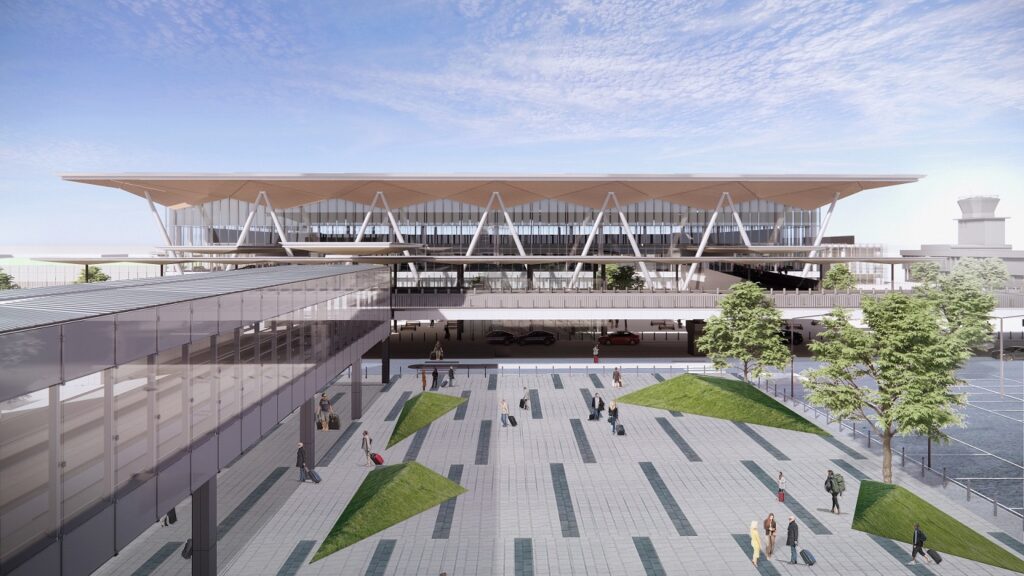Riga International Airport in Latvia has set out its new five-year strategy that aims to make it a Northern European hub for both trade and tourism.
A key aspect of the Runway 2027 strategy is the development of ‘RIX Airport City’, which offers not only aviation services but also creates business ecosystems and offers new opportunities for local residents and new businesses.
The new strategy aims to increase traffic to 9,000,000 passengers and 48,500 metric tons of air cargo serviced per year by 2027, as well as increased punctuality in departures. It also aims to increase annual turnover to €77m (US$88m) by 2027, with €247m (US$281m) being invested over the next five years.
Laila Odiņa, chairperson of the Riga Airport board, said, “The growth rates during the pre-pandemic years are evidence of the stable and unquestionable leadership of Riga Airport in the Baltic States. Thanks to the successful development of infrastructure, growth of the national carrier airBaltic, competitive tariff policy, and by using the advantages provided by the geographic location, Riga Airport has positioned itself as a regional air traffic hub in Northern Europe.”
Ria Airport plans to increase passenger traffic by strengthening and increasing the number of direct flights from Riga, maintaining a large number of transfer passengers, and improving the effectiveness of processes through innovation.
To attract and retain skilled personnel, the airport plans to transform its training center into an exportable ACI-accredited training organization named RIX Airport Training Academy.
For RIX Airport City, the strategy outlines the construction of a new €155m (US$176m), 30,000m2 passenger terminal with the capacity to serve up to 12 million passengers annually. It will be connected with the Rail Baltica railway station to form a unified and multi-modal transportation hub. RIX Business Park will be developed around the new terminal and will contain hotels, offices, logistics facilities, and air cargo and e-commerce warehouses.
Artūrs Saveljevs, Riga Airport board member, said, “We will develop RIX Airport City as a multi-modal traffic and logistics center connecting various modes of transport and creating a successful environment for business development. By ensuring varied services, work, meetings, knowledge exchange and recreation for the travelers and local residents, Riga Airport will be formed into a self-sufficient destination.”
Runway 2027 also outlines the implementation of almost 200 activities in various sustainability areas by 2030, including installation of a solar farm, replacement of aerodrome machinery with energy efficient alternatives, better waste management, and economical use of water resources.
Normunds Feierbergs, Riga Airport board member, said, “Our development forecasts and necessary investments are based on international forecasts on recovery of the aviation industry after the Covid-19 pandemic, regional aviation market analysis, and assessment of Riga Airport potential and advantages, as well as careful and realistic calculations when analyzing various scenarios and various options for attraction of financing. Considering the ambitious scope of investments in the recent years, Riga Airport plans to attract both EU structural funds and credit institution financing for the implementation of investment projects, as well as issue bonds.”


